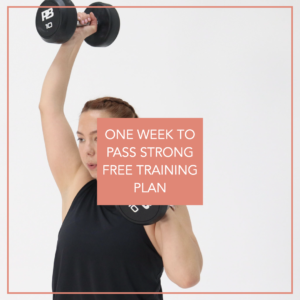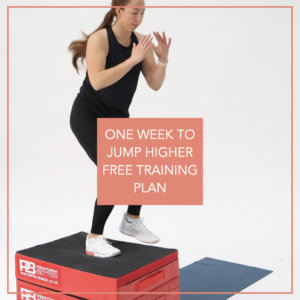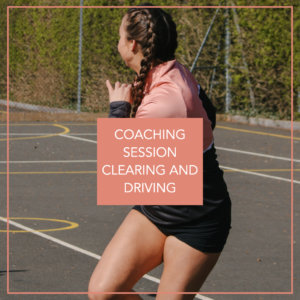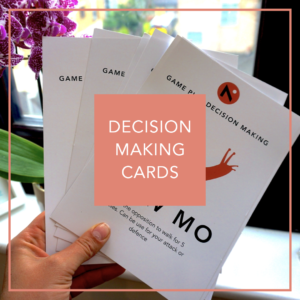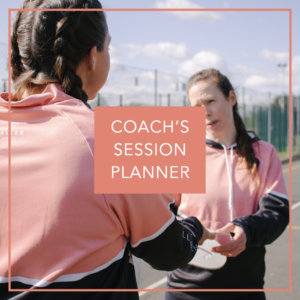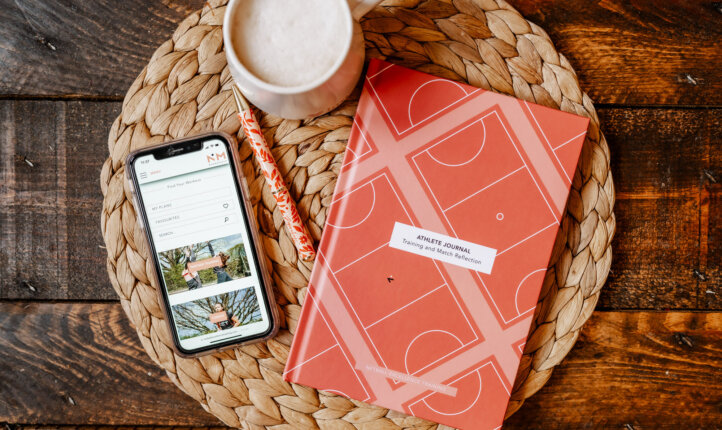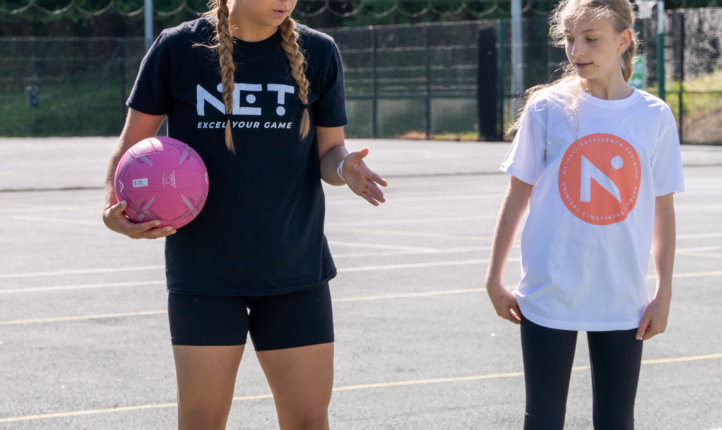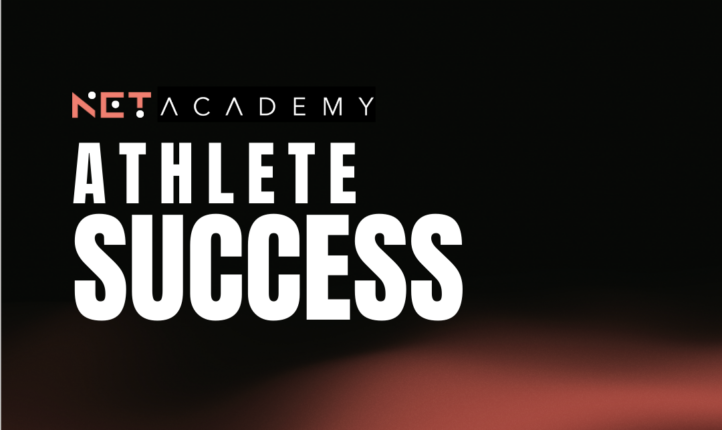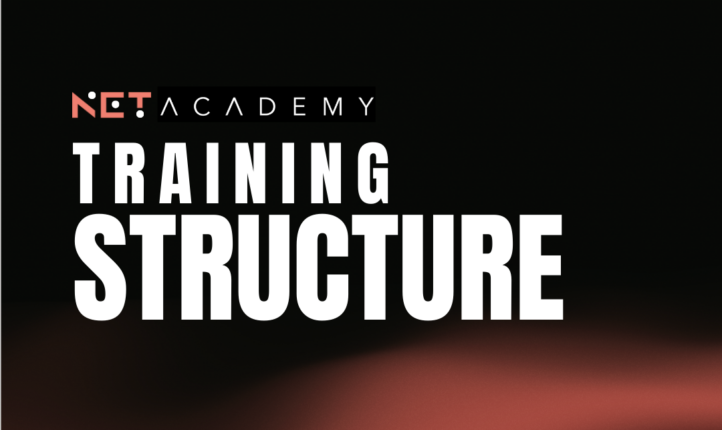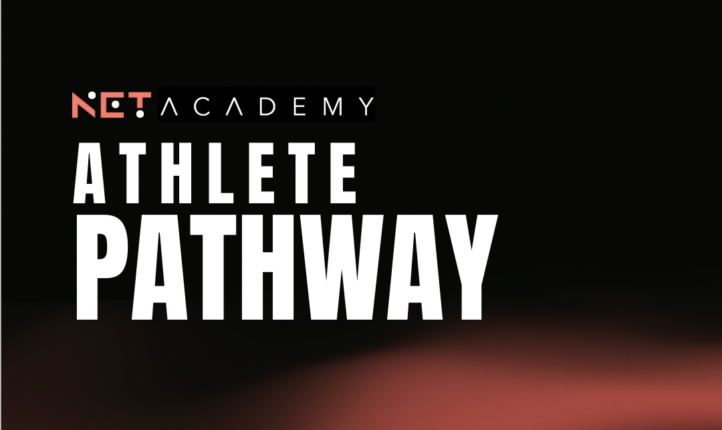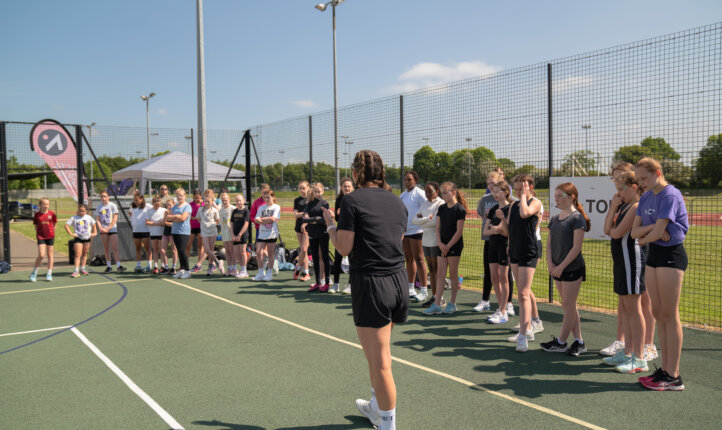December 1, 2021
A Guide to Using Questioning to Help Develop Your Athletes
We all have our own style when it comes to coaching. Some of us are lecturers, we like to lay it all out and tell our players exactly what they should be doing, how it should feel and what results we would like. Others of us like to set up and step back, letting our players find it out for themselves. There is no right or wrong style when it comes to coaching, and often a mixture of every style at different points of a session or season is what works best.
But whatever your coaching style, it is important that you use questioning with your players to help develop their understanding of the game and develop their tactical and technical understanding too.
First of all, let’s have a think about why we ask questions in a session. Is it to check for understanding? Gain information? Clarify a task? Build confidence in our players? Encourage them to think about something a little different? Challenge their view on a set play?
Before we ask a question, we need to know WHY we are asking the question and WHAT we want our athletes to gain from it. Questions should ‘facilitate learning of an athlete’ therefore they need to be specific and purposeful – not just whacked into feedback to fill a silence.
So how do you ensure that your questions are purposeful for your athletes?
In order to make sure that you get questioning right, it can be a good idea to pre-plan questions in your session plan. You need to be clear yourself on what the purpose of the session is and what you want your athletes to gain from it. Once you are clear on this is should become easier for you to frame your questions to support your athletes thinking and development.
Framing the question is important.
If you use closed questioning you are going to discourage a player from expanding on their response or really thinking about the learning behind the practice. For example, if I were working with my WA on her circle edge feed and she threw a disastrous ball in and I asked ‘Why did you do that?’ I am not necessarily encouraging an answer more developed than ‘I don’t know’. However if I frame my question differently, I may encourage the player to question their own actions and come up with a more productive response that we can work on together to help them to problem solve the set play.
Instead of using the usual; who, what, where, when, why and how we might have a go at framing questions using the following prefixes:
- Tell me…
- Can you explain…
- What might you do if…
- Given that…
- If you were…
- Could you expand on…
Questioning should never be a long, drawn out process. The main aim of questioning is to help your players to understand and summarise their thoughts on a session/tasks so that they can use this information to improve their own performance.
To help improve and probe this from your players, you can use a ‘questioning funnel’ technique. This may help you to guide your players to learn better from your questioning.

Let me take you though a conversation with my WA using this technique:
OPEN QUESTION: “Can you tell me why you threw that ball into the GS from that position?”
Answer: “I was throwing the ball up in the air so that she could take it close to the backline in her space because the defenders were in-front of her.”
PROBE: “Given that she had very little space behind her, and a lot of pressure from the defence in the front space, do you think that your GS was ready to take a ball in that instance?
Answer: “Probably not as she would not have had much space to get elevation and/or land with control”
CLOSED QUESTION: “Tell me what you would do differently.”
Answer: “I would wait for the defender to move or pass the ball around the circle edge to get a better feed into the shooter”
SUMMARISE: “Good, so next time we go into this practice, I want you to think about the other options around the circle before releasing the ball to the shooter”.
HAPPY QUESTIONING!






